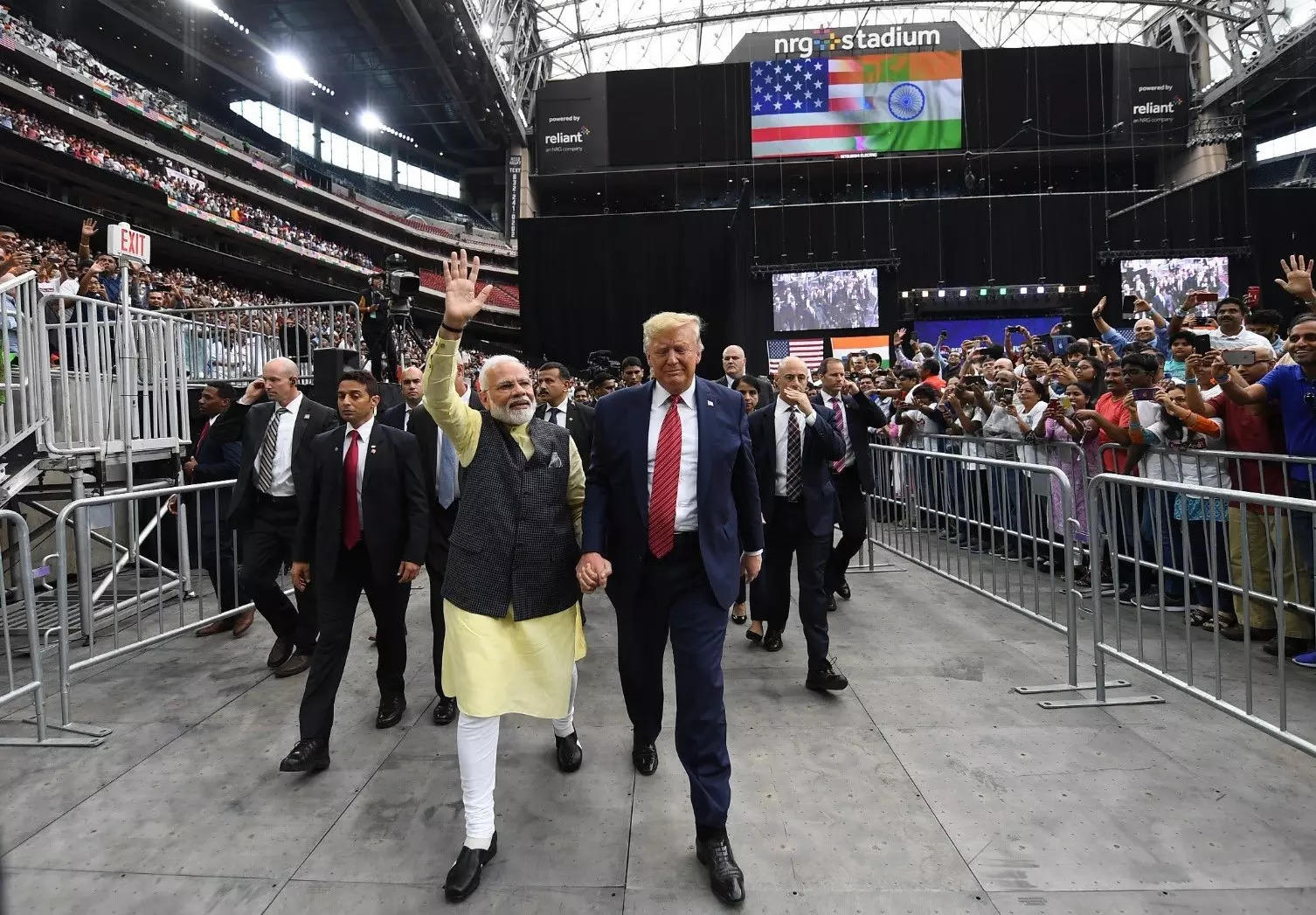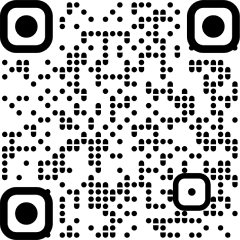
Will science in the USA go on a roller coaster with the election of Donald Trump? The question has come up due to his demonstrated disinterest in science in first three years of his first term, somewhat clumsy response to COVID during global pandemic and perceived general contempt for scientists (the comment, ‘“listen to a scientist” only a fool will do’, was attributed to him during his presidential bid in 2020).
To some extent, these impressions are not justified if one looks at the substantial increase in funding to science in the Trump 1.0 administration. Unlike then, the current team seems to be more technology savvy. The Vice President Elect has had a career with the tech industry.
Elon Musk and Peter Thiel (founder of PayPal) have worked closely with Trump during the 2024 campaign. These associations should bring enough influence on the next administration towards science friendly policies with focus on directed research and greater scientific cooperation with friendly countries for mutual benefit. By the way, for scientists, ‘science friendly’ means less interference by administrators in matters scientific.
It will be interesting to see how the Modi 3.0 and Trump 2.0 eras will collaborate to leverage scientific strengths of one another to the advantage of India and USA in future.
Public Pronouncements
Both Trump and Modi have publicly pronounced renewal of the strategic partnership of the two countries after US election results. Both are nationalistic leaders trying to increase the manufacturing base in their countries and reclaiming their rightful place in the world community.
Quad was formed during the first term of Trump as China was recognized as an emerging threat to the USA, and India participated in it due to common threat perception. Trump has been critical of NATO and the European Union and has declared intention to reduce fund commitment to them. India has also not been a supporter of NATO. Trump has committed himself to bring peace to the Ukraine-Russia conflict; Prime Minister Modi himself has been a proponent of peace for long.
All these shared values and common goals will impact Indo-American ties positively, bringing closer collaboration between science, technology and industry organizations of both countries.
Opportunities and Tech Concerns of India
India’s declared policy of ‘make in India’ may benefit from the next administration’s more vigilant policies towards China. Some high tech manufacturing companies of the USA may find a base in India if they move away from China. On the other hand, US industry may bargain hard with India for more favorable terms.
The Trump administration may support US companies to set us production lines of established products on the priority list of India, e.g. EVs, solar cells, electronics, communication equipment etc. Some high tech services, like Starlink, may also find entry into the country.
The first term of Trump saw a spike in India’s military imports from the USA. It will be interesting to watch this aspect in the Trump 2.0 period, in view of the Indian policy of ‘Atmnirbharata’ and American push for more military exports.
Indian industry may, however, be able to take advantage of the situation for technology transfers and qualify the systems in IDDM categories of DAP. The procurement wing of Indian MoD may be in for some real assessment in offers from Indian companies with US partnership.
Indian R&D institutions, specifically those in applied R&D, may face tough times ahead due to easy availability of current generation equipment from the USA.
While R&D in strategic areas may not see much effect, dual use technology researchers may have to skill up themselves for next generation systems and to face greater techno-commercial challenges ahead.
Indians have generally excelled in times of adversity as demonstrated time again against foreign denials. Thus, in a way, such a situation will be good for the country in the long run.
India’s main concern at this moment is aero-engine. The negotiations between HAL and GE have not made the required headway yet. Despite Congressional waiver on ToT for GE 414 aero-engine and signing of MoU, there is no clarity as to when the manufacturing of aero-engines, GE 404 and GE 414, will start in India. India’s LCA Mk 1A is already delayed due to delays in supply of engines.
LCA Mk II and AMCA programmes may get totally derailed if the manufacturing of engines does not come through early. One hopes that a friendly administration in the USA may expedite this process.
iCET, another programme of high stake, initiated during the Biden administration has started to show movement with agreements on technologies related to biotechnology, semiconductors and space cooperation. Initiatives on AI, quantum technologies, high performance computing, bio-manufacturing etc. are also being promoted under iCET, while Industry to industry, think tank to think tank and academia to academia contacts are being nurtured through INDUS-X.
India needs to expel the doubts in the minds of American lawmakers for the offerings from India in the iCET programme. It will be to the advantage of both countries to further strengthen and intensify this engagement, especially if India’s recent scientific advances can be showcased to build equal partnerships.
India currently has great focus on research in green technologies. The Trump administration is unlikely to have a commitment on them matching with India. While the next administration may not come in the way of collaborations of academia and industry on green technologies, government support may not be visible to such initiatives.
Some Advantages
Scientists loathe restrictions. They wish to formulate theories, experiment and prove the theories right or wrong to go on to the next level. What gives ‘kick’ is to solve an unsolvable problem; or prove scientifically why that problem is unsolvable under given hypotheses; and how those hypotheses can be changed to solve the unsolvable.
This requires them to be away from ‘for profit’ work and to do some out of box thinking. In his last term, Trump allowed scientific creativity. There is no reason to believe that it will not be the same in his next term. If this proves to be true, it will be a time of higher creativity for scientists in the USA and their collaborators in India and elsewhere.
American greatness was built on her successes in science. Trump’s focus on ‘Make America Great Again (MAGA)’ is likely to bring focus on science and innovation; and encourage American institutions and businesses to build deeper ties with their friendly counterparts elsewhere in the world in pursuit of scientific excellence.
With Trump publicly committing reduction of US support in the Russia-Ukraine affair, more money is likely to be available for investment in processes, science, technology and systems that will realise the MAGA dream. With India’s crucial role in quad, we may be in position to benefit from the US administration’s development goals.
The USA has maintained economic and military superiority over the world by harnessing the best brains and converting scientific breakthroughs into gainful applications. With the Chinese threat becoming larger by the day, it is likely that American S&T may see larger fund allocation for R&D and innovation, especially in new and emerging technologies. This may prove to be a boon for collaborators in the iCET programme.
What can India Offer?
India should approach science partnership with the USA from a position of strength. Indian scientific institutions and startups have shown promise in developing technologies such as 6G, green propulsion technologies, cyber, IT, autonomous ground vehicles in GPS denied environment, space technologies, precision engineering etc.
India is set to be the drone capital of the world by 2030. Major defence industries have proved themselves by producing quality systems and exporting many of them to a large number of countries. Electronics, chemical and pharmaceutical industries have established India as a significant player in the world. Indian industry, and defence industry in particular, is set to expand multifold as India endeavors to achieve developed status, a significant defence exporter and a major manufacturing hub.
The next administration may be interested in more business opportunities for US companies in India. These can be afforded for co-development and co-production of next generation systems with the right to export from both countries, while also providing surge capacity to one another in times of need. India may also provide opportunities for testing and certification of military and civil equipment.
It may be in the interest of both countries to jointly develop new materials, sensors, cyber and AI capabilities, suiting local requirements, to keep eyes on common adversaries. India and USA may also institute VAIBHAV (Vaishwik Bhartiya Vaigyanik conference conducted during 2-31 Oct 2020) type of conferences on periodic basis to identify science collaborators on both sides to conduct joint research on identified topics.
Friends indeed
For a long time, Indians have been fascinated with and appreciative of the American dream. A large number of Indians migrated in the past to the USA to live that dream, bringing wealth and recognition to their families back home and making their names in their chosen professions.
Apart from generating people to people friendships in two countries, thousands of scientists, engineers, astronauts, policy makers of Indian origin, also made significant contributions in the scientific, technological and economic progress of the USA, notable among them being Prof Har Gobind Khorana, S. Chandrasekhar, Narinder Singh Kapany, CKN Patel, Mani Lal Bhaumik, CR Rao, Kalpana Chawla, Sunita Williams, Kamla Harris, Abhay Ashtekar, Ananda Chakrabarty, Ashwin Vasudeva and many more.
With India having made significant progress and now striving to be a developed country, the Indian youth is now migrating to co-working and co-business with the USA from migration to USA to work in and for USA. This will benefit both sides of excellence of Indian brains and American experience.
Will the demonstrated bonhomie between Prime Minister Modi and President Elect Trump help make the Indian dream true? The answer lies in the future. Although time only will reveal the truth, the path to success seems to have been laid.
(The author is former Director General, DRDO, Professor of Practice, IIT Delhi; Views are personal)


